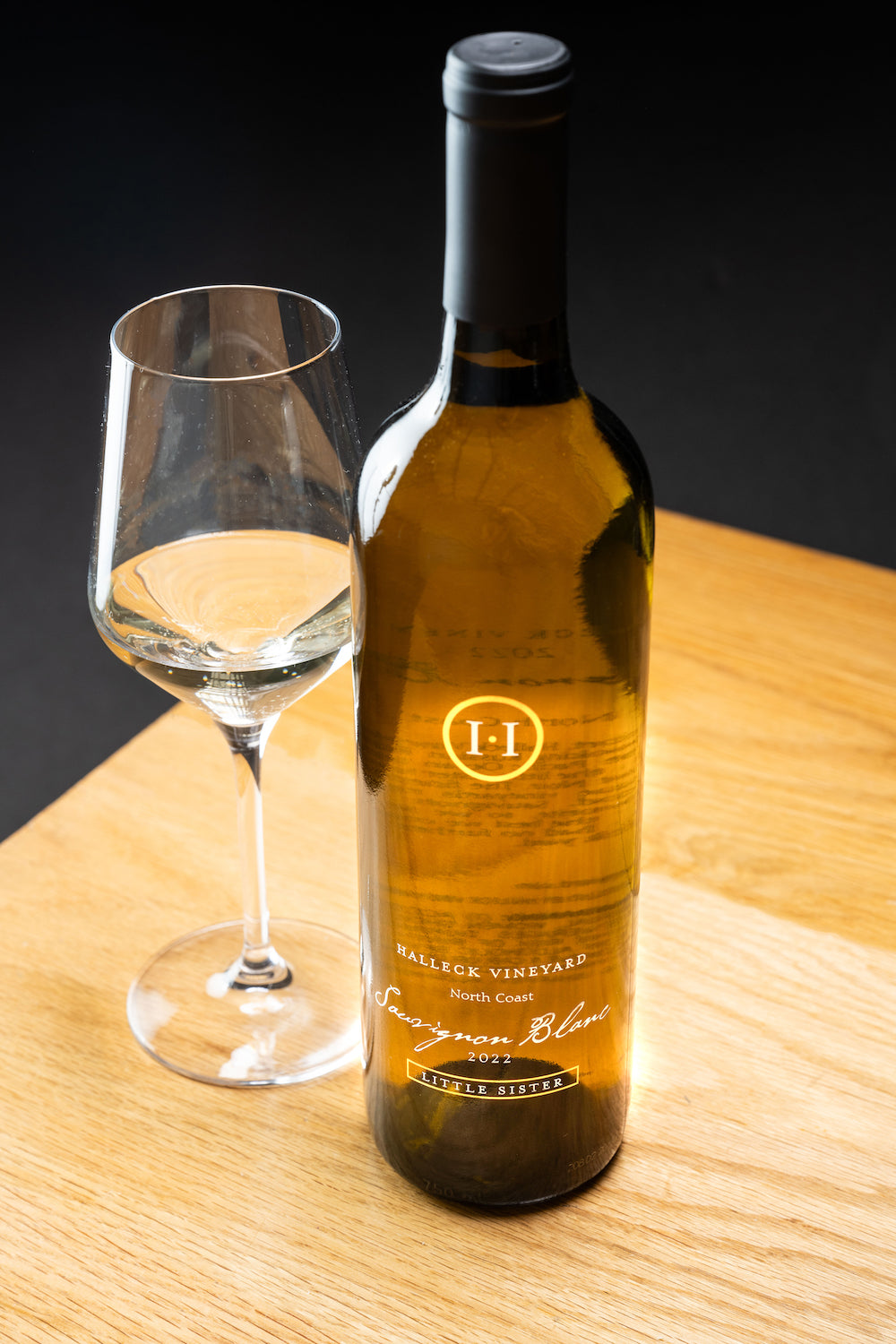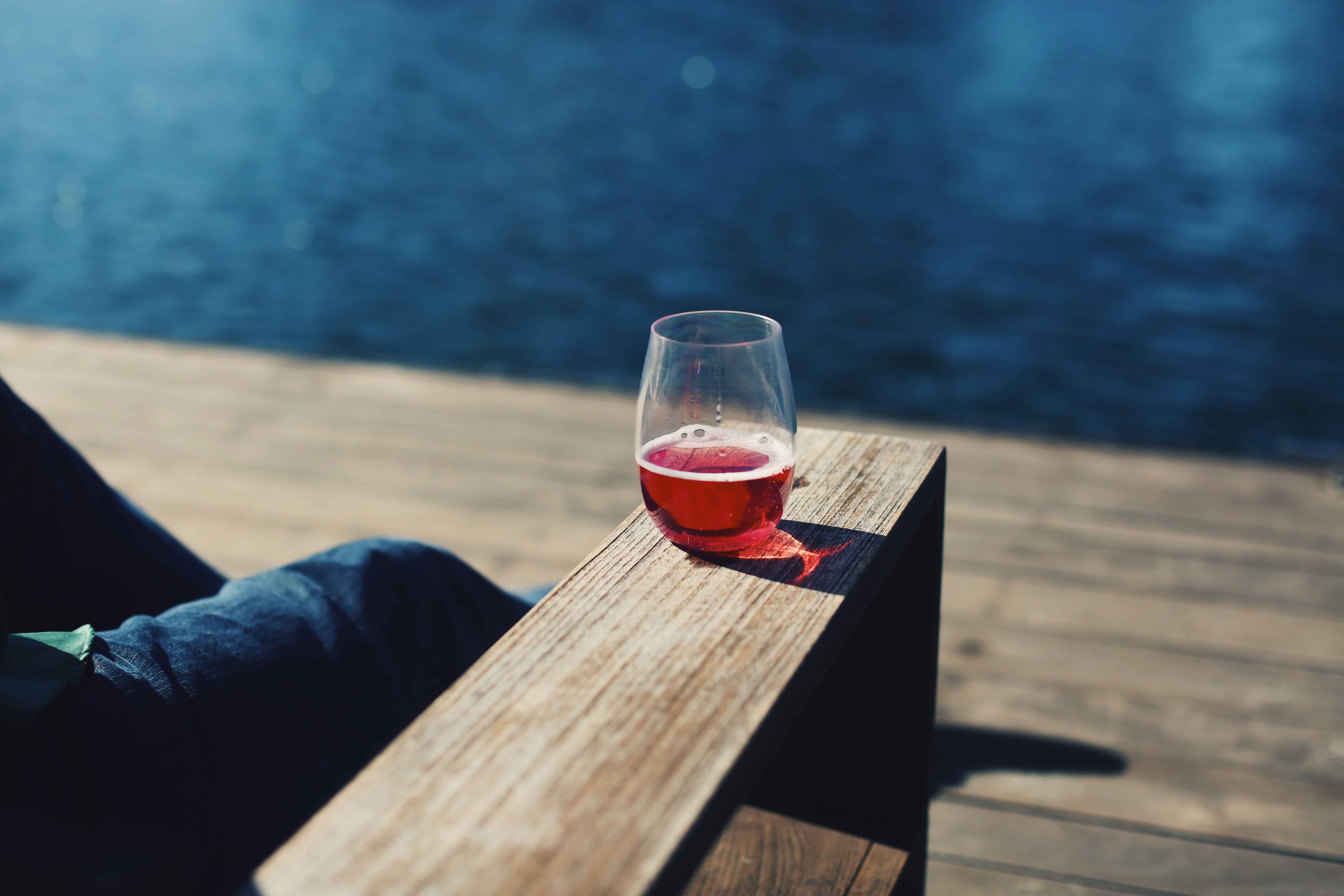Intimate Wine Tasting Experiences In Sonoma - Sonoma Vineyard Tours
Wine tasting is an art that combines sensory experience with an appreciation for the nuances of various varietals. How to judge flavors in winery wine tasting sessions is pivotal to greedy the complexities of wine.
Engaging in a wine tasting entails greater than simply sipping and savoring. It requires a centered approach to determine aromas and flavors that each wine presents. As you begin, observe the wine's appearance, noting its colour and readability. These visual cues often counsel a wine’s age, grape variety, and even potential flavor profiles.
The next step within the tasting process is to swirl the wine in your glass. This action releases aromatic compounds which may be important for evaluation. Lean in and take a second to inhale deeply; the aromas can vary from floral and fruity to spicy and earthy. The nose of the wine is just as important as the palate, and recognizing scents plays a big role in understanding the general experience.
When taking your first sip, allow the wine to maneuver throughout your palate - Best Chardonnays From Sonoma Winemakers. Discover the initial flavors that present themselves. Is the wine fruity, floral, or maybe herbaceous? This initial taste gives perception into what the wine is prone to categorical as you continue to gauge it. The mouthfeel additionally contributes to the general flavor experience; it can be silky, tannic, and even effervescent.
Wineries With Unique Tasting Experiences - Wine Tours And Tastings In Sebastopol
As you continue tasting, pay attention to the wine’s balance. A well-balanced wine will harmonize acidity, sweetness, and tannins. If one part overwhelms the others, it'd indicate a less fascinating quality. Evaluating balance can help you determine how well the wine might pair with food.
Transitioning to the finish, contemplate how the flavors evolve because the wine lingers in your palate. A lengthy, nice end can indicate a high-quality wine, while a brief or abrupt finish might counsel in any other case. Mirror on whether or not the flavors remain constant or if new notes emerge as the wine settles. This development can reveal complexities and intricacies that may not have been obvious within the initial tasting.
Temperature can also be a vital consider evaluating wine flavors. Totally Different types of wine are optimally loved at particular temperatures. White wines typically shine when chilled, whereas pink wines generally perform greatest at room temperature. When tasting, ensure the wine is at the applicable temperature to totally recognize its character.
Wineries In Sebastopol - Vineyard Experiences In Sonoma
Pairing food with wine can greatly enhance the tasting experience. Meals can influence the notion of flavors in wine, both highlighting certain traits or diminishing them. When evaluating flavors, consider how the wine interacts with different meals, noticing which flavors are amplified or muted (Wine Tasting Tours In Russian River Valley).

Think About the influence of terroir as you interact in a winery tasting. Terroir encompasses the distinctive environmental components that affect grape rising, including soil composition, climate, and geography. Understanding a wine's terroir can provide insight into its flavors and aromas, fostering a deeper appreciation for the alternatives made during its cultivation and production.
Training performs a basic role in enhancing one's capability to gauge wine flavors. Learning about grape varieties, wine areas, and production strategies can pave the way for more informed judgments throughout tastings. Moreover, attending workshops or classes can refine sensory skills and expand your flavor vocabulary, enabling you to articulate tasting notes extra effectively.

Finally, it's important to remember that evaluating wine flavors is a extremely personal experience. Individual preferences and perceptions will invariably shape one’s tasting journey. Enjoyment must be at the forefront, with the evaluation process acting as a tool to enhance understanding and appreciation quite than create rigid pointers.
Wineries Offering Charcuterie And Wine Pairings - Sebastopol Wine Country Vineyards Adventure
In conclusion, mastering the method to evaluate flavors in winery wine tasting classes includes a mix of sensory engagement, knowledge, and practice. By studying to determine aromas, assess the stability, and appreciate the intricacies of flavor, wine enthusiasts can deepen their connection to every bottle they encounter. As with any art form, the more one immerses themselves within the experience, the extra they will discover and enjoy the huge world of wine.
- Start by observing the wine's color and readability, as these visible components can hint at its flavor profile and aging potential.
- Swirl the wine gently in your glass; this releases aromatic compounds, permitting you to higher establish the complicated scents related to the wine.
- Take a deep inhale before tasting, focusing on each primary and secondary aromas to assemble insights on fruits, spices, and different nuances.
- When tasting, permit the wine to coat your palate; note the initial flavors, the mid-palate complexity, and the end as these stages can present different flavor highlights.
- Pay attention to texture and mouthfeel, as features similar to tannin levels, acidity, and sweetness contribute significantly to the overall tasting experience.
- Examine flavors against commonplace wine traits; for purple wines, think about berry notes, oak influence, and natural tones, while whites might embrace citrus, stone fruits, and floral hints.
- Take notes during the tasting session to trace your impressions, serving to you to remember and consider the completely different wines sampled.
- Focus On your findings with fellow tasters or winery workers, as sharing insights can improve understanding and appreciation of individual flavors.
- Allow time for the wine to breathe; generally, flavors evolve and reveal new dimensions after being exposed to air.
- Experiment with food pairings in the course of the tasting as they'll dramatically alter how flavors are perceived, influencing general enjoyment.undefinedWhat should I look for when evaluating the aroma of wine during a tasting?
Begin by swirling the wine in your glass to release its aromas. Deliver the glass to your nostril and take a deep breath. Pay attention to the primary scents you detect, as these are often the most outstanding. Look for fruit, floral, natural, or earthy notes and try to identify particular traits, which will deepen your understanding of the wine's complexity.
Wineries With Locally Sourced Food Options - Sonoma Vineyards Worth Visiting

How can I distinguish between totally different flavor profiles in wine?
Perceive that flavor profiles are often categorized as fruit, floral, herbaceous, spicy, or mineral. Take small sips and permit the wine to coat your palate. Discover the first flavors that emerge first and the refined notes that comply with. This layering is important in distinguishing the wine's traits and can allow you to appreciate its distinctive profile.
Local Favorite Wineries In Sonoma - Sonoma Area Winery For Tasting
What is the significance of the wine's texture Visit Website in a tasting?
The texture of the wine, also referred to as mouthfeel, performs a vital position in how we perceive flavors. Pay attention to whether the wine feels easy, creamy, or gritty. The physique of the wine (light, medium, or full) can improve or distinction with flavors, offering a extra rounded experience throughout tasting.
How do I assess the steadiness of flavors in wine?
Steadiness in wine refers to the harmony between acidity, sweetness, tannin, and alcohol. Take a moment to assess whether these components complement or intrude with each other. A well-balanced wine may have none of its components overpowering the others, creating a pleasant tasting experience.
Affordable Wine Tastings In Sonoma County - Best Wineries For Wine Tasting Sonoma Area
What position does temperature play in evaluating wine flavors?
Temperature can considerably impression the notion of flavors. Generally, purple wines are best served barely beneath room temperature, while white wines get pleasure from being chilled. As the temperature changes, the aromas and flavors can shift, allowing you to understand different characteristics. It’s essential to taste wine at its optimum temperature for true analysis.
Celebrated Winemakers To Discover In Sonoma - Discovering The Vineyards Of Sonoma County
How can I enhance my tasting skills over time?
Practice is key to bettering your tasting skills. Wineries With River Views. Attend tastings, keep a journal of your experiences, and explore several varieties of wines to broaden your palate. Moreover, learning about wine production and grape varieties can provide context that enhances your evaluation course of, making you a more knowledgeable taster.
Is there a selected order during which I should style the wines?
Charming Wineries With Views In Sonoma Valley - Top-Rated Wineries In Sebastopol
Yes, it’s advisable to taste wines from light to full-bodied and dry to sweet. This progression prevents the stronger flavors from overshadowing anchor the extra delicate ones, permitting you to totally appreciate each wine's characteristics and nuances with out palate fatigue.
How can I consider the aftertaste of wine?
Charming Wineries With Views In Sonoma Valley - Exploring The Vineyards In Sonoma County
The aftertaste, or end, is a crucial side of the wine-tasting experience. After swallowing, take note of how long the flavors linger on your palate and whether or not they change. A long, pleasant end is commonly an indicator of a high-quality wine, while a short or disagreeable end could recommend in any other case.
Why is it necessary to notice the wine’s acidity during tasting?
Acidity contributes to the general freshness and construction of the wine. Pay attention to the tingling sensation in your tongue; greater acidity can enhance the wine's liveliness and steadiness out sweetness. Noting acidity helps decide the wine's versatility with food and its growing older potential.
What ought to I do if I battle to identify specific flavors in wine?
Beautiful Picnic Areas At Sonoma Wineries - Sonoma County Wine Tasting Locations
Struggling to establish flavors is common, particularly for novices. Focus on broader classes and describe what you can acknowledge, corresponding to sweet or earthy notes. With practice, studying about different flavor profiles, and perhaps utilizing flavor wheels, you'll refine your senses and develop a extra nuanced strategy to tasting.